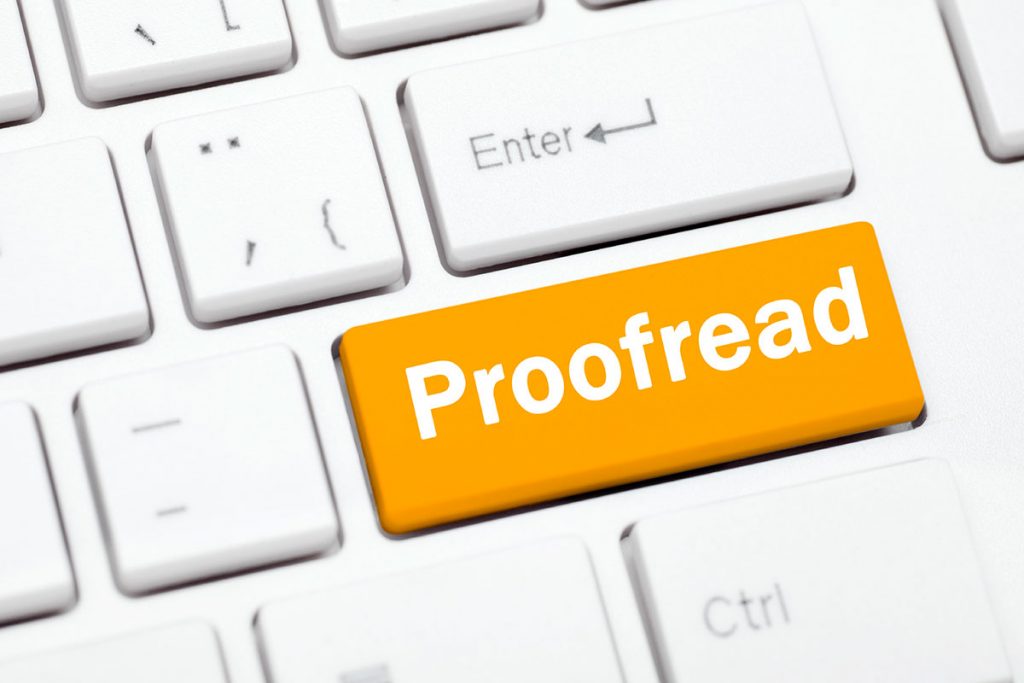You’ve read the specification, spent hours cutting down your persuasive, gold words to fit the word count, and now your tender is ready. It’s all set to go out into the world and wow the evaluator with the scintillating story of why you should get the contract.
Or is it?
The human brain is a funny thing, and it sees what it wants to see. To ensure your tender stuns the evaluator with its brilliance, and not with the fact you’ve forgotten to remove a reference to their arch-rival in a bit of text you copied and pasted, quality control of what you’ve written is vital.
You may not have access to a professional proofreader, but there are things you can do to make checking your work more efficient.
If you can, get someone else to check it for you: a different pair of eyes will see things that you miss. Ideally, find someone to check the work who is familiar with contract writing.
If you have no other option but to use your own eyes, there are things that you can do. Firstly, plan your work so that you give yourself enough time to have a complete break from the text after it’s finished. Go back to it after a couple of days, and you will often see things that you missed the first time round.
Break the task up into sections. It’s easy to skip over things if you try and do everything all at once.
- Check formatting. Have you used the right font consistently? Have you strayed into a larger or smaller font at any point?
- Check the headings. If they’re numbered, check they’re numbered sequentially. Check their formatting is consistent.
- Check headers, footers, and page numbers.
- If you have any figures, check they’re numbered correctly, and that when you refer to them in the text, you’re referring to the right one.
- Check names. Google anything you’re not sure of, and don’t just assume it’s right because you’ve got it from a company document. Other people can make mistakes. If you get simple things wrong, like the names of staff members, or the names of organisations you’ve had previous contracts with, the evaluator has every excuse to wonder how much attention you’ll pay to the fine detail of what they’re contracting you to do.
- Check the legislation and regulations you’re compliant to. Make sure you’re referring to the right version of an Act of Parliament, or ISO standard. Be aware that things might have changed: there’s a sad irony in telling the evaluator how well your quality management system complies with ISO 9001:2008 when ISO 9001:2015 now exists, and you should know that you need to be compliant with it by September 2018.
- To pick up typos, read each word individually and skip nothing. This is a skill you’ll need to learn. It’s what proofreaders do, and it means you have to exclude extraneous thoughts ruthlessly. If this skill is new to you, it’s best to break the task up into chunks of ten minutes or so.
Proofreading properly takes time, so build in time to your writing process either to get someone else to proofread for you, or to give yourself a realistic chance of picking up any mistakes. It will be time well-spent: evaluators are often looking for reasons to reject responses, and your job is to make sure that you don’t give them any.
And did I proofread this blog? No. I asked someone else to do it!
